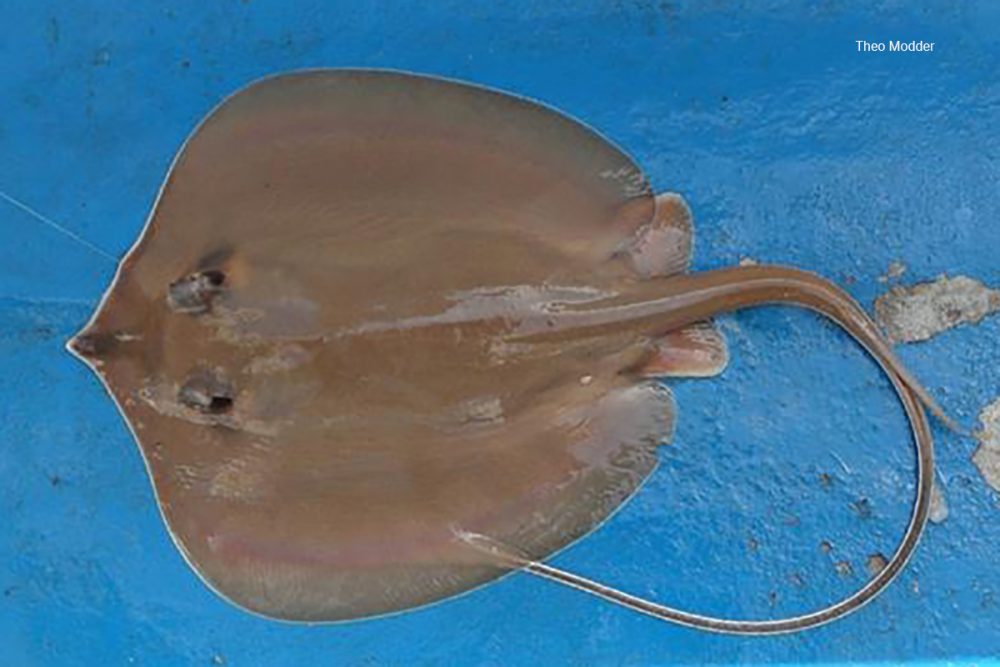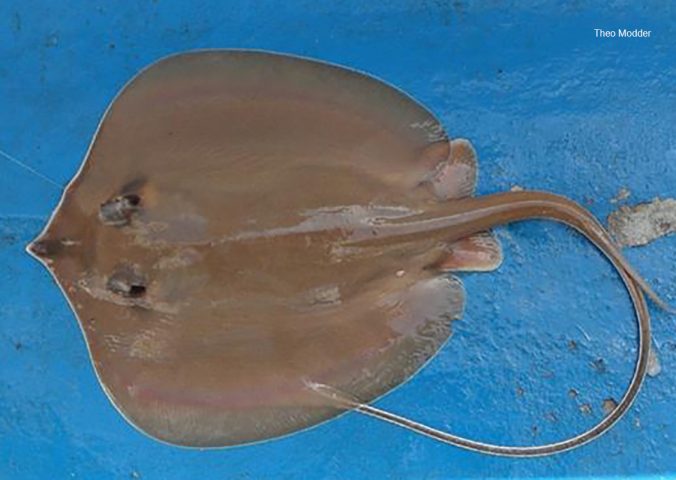About
The daisy stingray is a coastal ray inhabiting part of the west coast of Africa. Once common, it is now rarely recorded in markets and landings.
With a very low fecundity of only one to three pups per litter, the daisy stingray populations cannot easily recover from declines. Its biology and ecology are poorly known.
This species was traditionally consumed by people as it once was very common within its range. Currently, populations are thought to have declined for sightings of this species in fishermen markets and landings is very rare.
The main threats to the daisy stingray include fisheries, both those that target the species as well other fisheries using nets that pick up the species as bycatch. Habitat loss is also a pressing issue to the recovery of this species.
According to the IUCN, monitoring of the population is essential in order to determine the population trend, for which correct identification and studies of biology and behaviour are urgently needed.
- Order: Myliobatiformes
- Family: Dasyatidae
- Population: Unknown
- Trend: decreasing
- Size: Up to 100cm (?)
- Depth Range (m): Up to 65m
EDGE Score
Distribution
Eastern Central Atlantic, from Senegal to Congo.
Habitat and Ecology
The daisy stingray is demersal (lives close to the floor of the sea) in coastal marine and brackish waters. It may enter lagoons and estuaries, although this species is easily confused with Fontitrygon margaritella.

